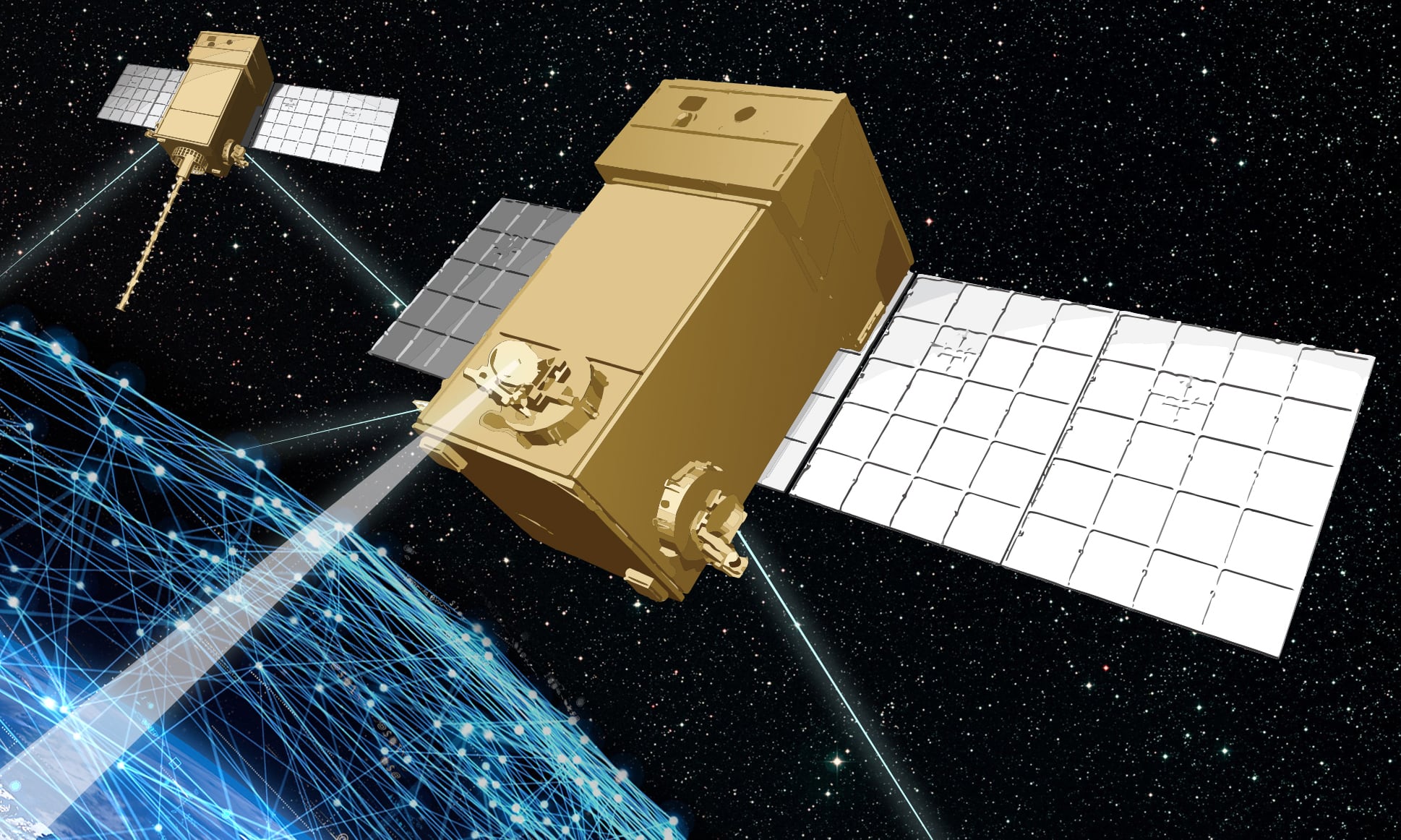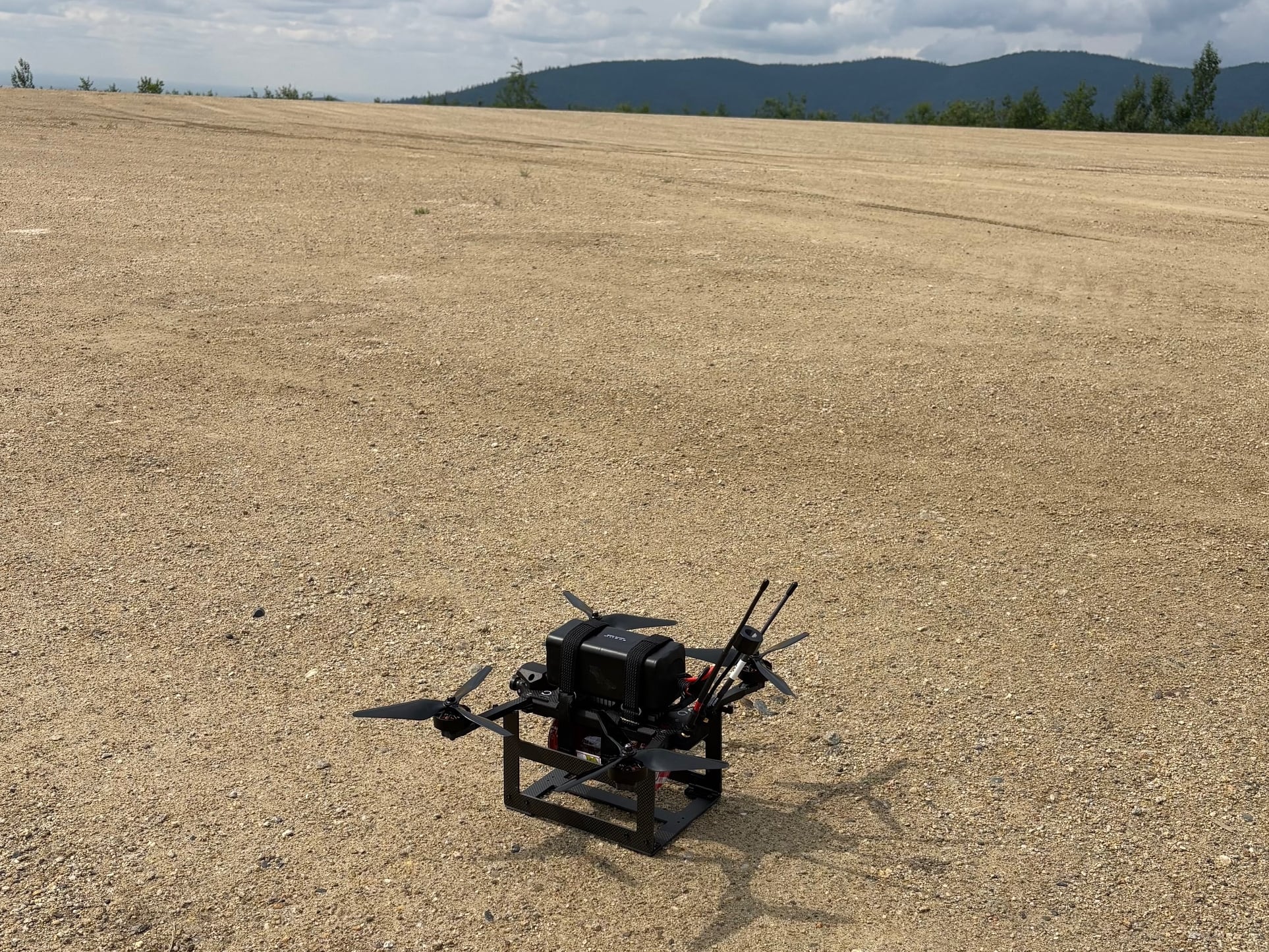The venerable vacuum tube is due to take retirement.
Though solid-state electronics overtook the venerable vacuum tube more than 60 years ago, more than 200,000 Department of Defense devices use vacuum tubes, including crucial communications and radar systems, according to DARPA.
So, DARPA's Innovative Vacuum Electronic Science and Technology (INVEST) project aims to upgrade today's vacuum electronic devices (VEDs) with more advanced vacuum tubes.
There is a good reason that vacuum tubes are still around after six decades. "Traveling wave tubes [TWTs], not solid-state amplifiers, generate the strong electromagnetic signals in communication satellites because of their exceptional on-orbit reliability and high power efficiency," said a DARPA news release. "And it’s the unique ability of vacuum tube electronic devices to generate high-frequency signals at chip-melting operating powers that makes possible modern aviation radar systems for navigation and collision avoidance."
"Any time you need to operate at the outer reaches of the power-frequency parameter space, vacuum tubes are the technology of choice," said INVEST program manager Dev Palmer. "But at the high millimeter-wave frequencies of interest to this program, the design and construction of VEDs is an intricate, labor-intensive process that requires exquisite modeling tools, exotic materials, and expensive, high-precision machining."
The four-year INVEST project is soliciting proposals that will tackle the problem that has hampered the search for a better vacuum tube: as the operating frequency of electronic devices goes up, the output power goes down. The immediate goal is to develop new vacuum tubes operating at millimeter-wave frequencies above 75 GHz. The ultimate goal is to have a 3-D printer manufacture "millimeter-wave VED components, among them high-current-density cathodes, tiny vacuum envelopes, and microparts that extract the RF signals amplified inside the component," DARPA said








